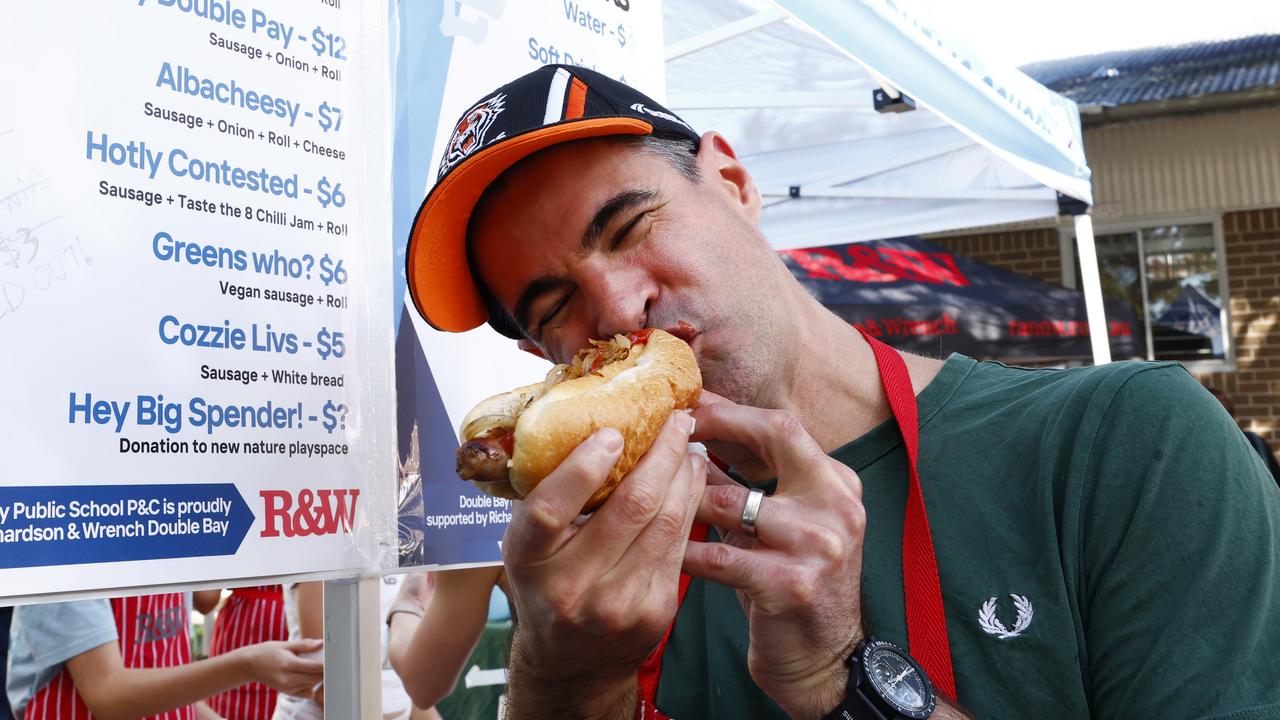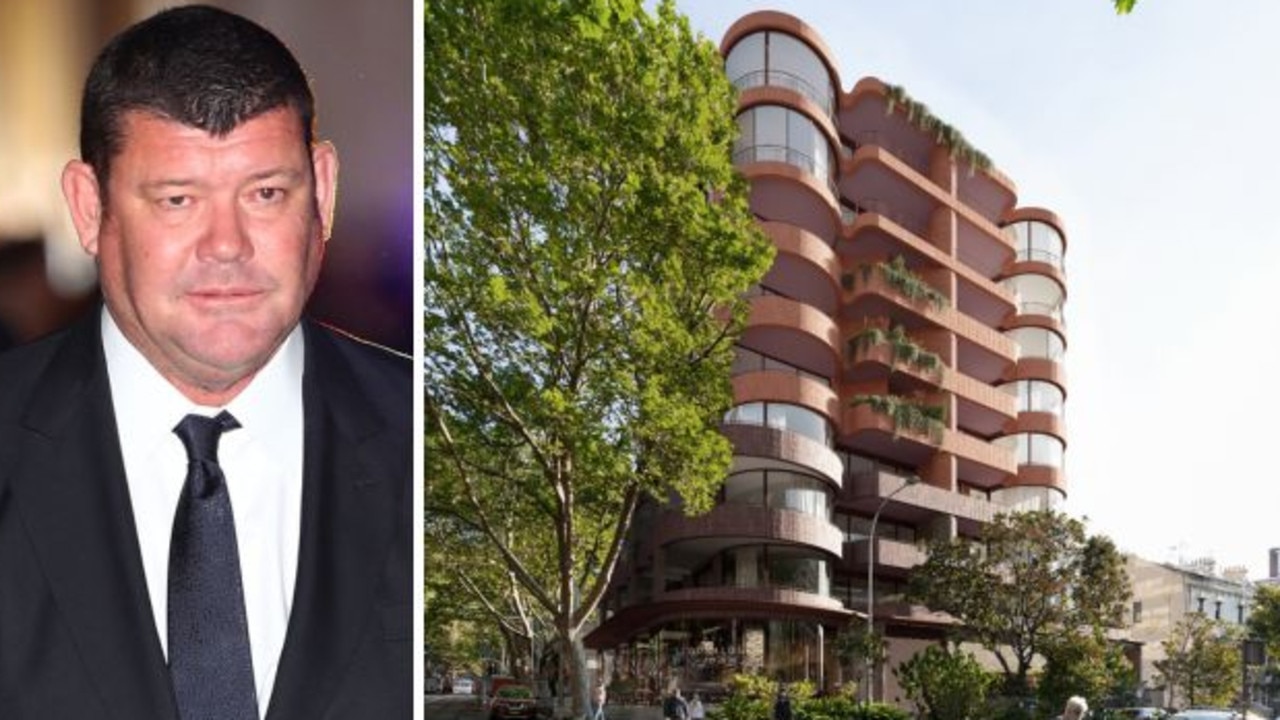State’s lowest birthrate in five years linked to rising house prices
NSW has had its lowest birthrate in five years according to the latest Mothers and Babies report, and experts are blaming it on the state’s booming property prices and women opting for completing their Masters Degrees instead. READ THE FINDINGS

Booming house prices have had the opposite effect on our birthrate — turning it into a baby drought.
For the first time in five years, the birthrate in NSW has gone backwards, according to the latest Mothers and Babies Report released today.
And demographers are pointing the finger squarely at the massive surge in house prices during that time.
In 2013 there were 96,971 babies born in NSW compared to 95,825 in 2017, a decrease of 1.2 per cent.
Demographer from Macquarie University Professor Nick Parr said many factors impacted on the birthrate including the cost of housing in Sydney.
“The increase in house prices is a factor, those who aspire to own a home have to have two substantial incomes to afford it and the financial pressure, as well as the time pressures both contribute to a lower birthrate,” Prof Parr told The Sunday Telegraph.
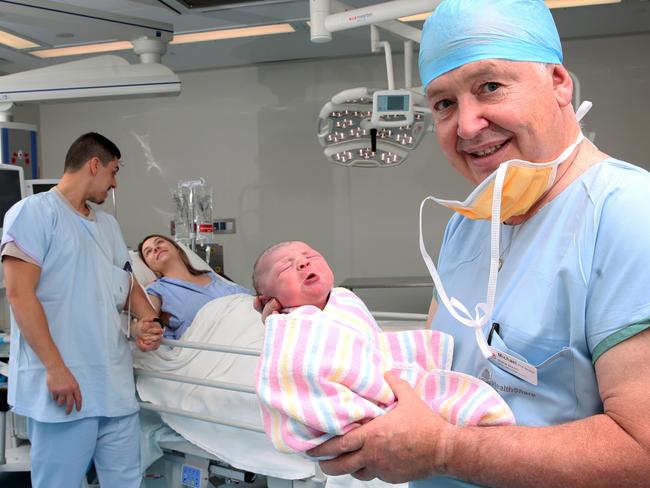
MORE FROM JANE HANSEN
MUM COPS PARKING FINE WHILE GIVING BIRTH
BABIES CAUSING DENTAL DECAY IN THEIR MOTHERS
Tertiary education was also a factor with mums in some low birth rate suburbs like Chatswood having more Masters Degrees.
“Trends in education show an increase in people going to university and that is associated with having children later in life,” Prof Parr said.
Australain National University demographer Professor Edith Gray said declining fertility was associated with lifestyle choice.
“It is associated with the cost of living and eduction. We know as education goes up, the number of children decline. Fertility in the 20s is declining, women are getting and education and establishing careers so having children gets delayed,” she said.
Another ANU demographer Professor James Raymer said housing was a factor as well.
“We like to have the big house, the big job and women are disadvantage by this and only start to have babies in their 30s and by then you don’t have a lot of time to have kids,” Prof Raymer said.
The average age for a NSW mum also climbed to 30.7 years of age, up from 28.9 in 2013. Over a third of all babies are now born to mums aged 30 to 34.
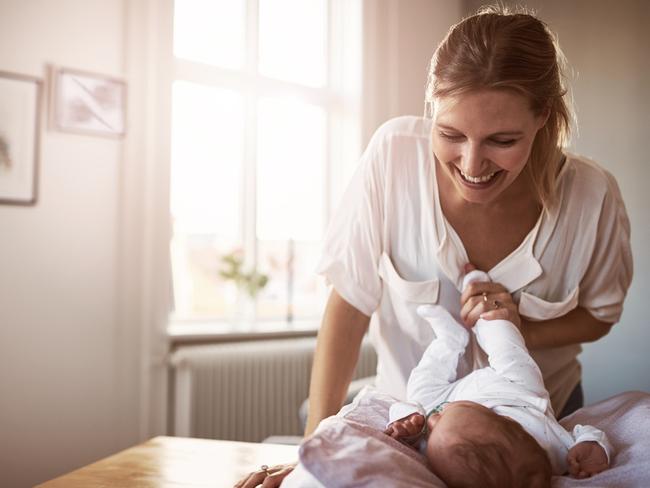
The push towards natural birth has also stalled with the caesarean rate up to 33.8 per cent of all births in NSW last year, while planned Caesareans increased from 18.7 per cent in 2013 to 21.3 per cent last year.
Privately insured mums are more likely to have a caesarean with almost half now opting for caesarean over natural birth. Only 45 per cent of privately insured mums have a natural birth compared to 42 per cent opting for caesarean. Six out of 10 births in the public system are vaginal births compared to 27.8 per cent caesarean births.
Older mothers are believed to contribute to the rising caesarean rate according to Royal North Shore obstetrician Professor Michael Nicholl and spokesman for NSW Health.
“There are two drivers for Caesareans, the main one is a previous caesarean and the second is the management of the first time labour. In older women induction of labour increases and induction has consequences, the caesarean rate is 30 to 40 per cent with inductions for first time mothers,” Prof Nicholl said.
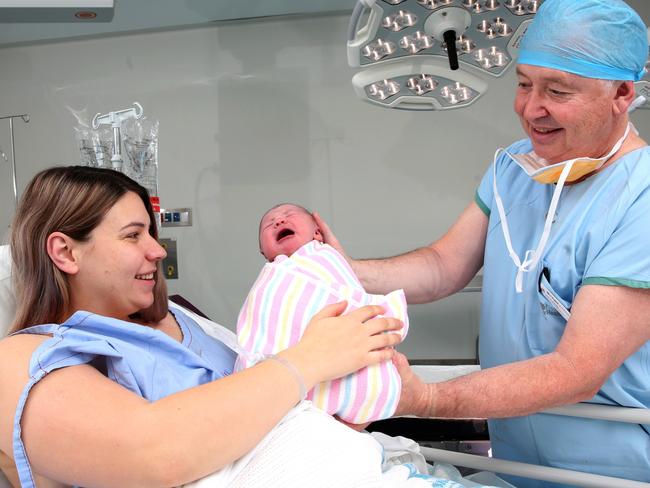
The good news is the largest decline in births has been in teen pregnancies with a full percentage drop from 3 per cent in 2013 to just 2 per cent in 2017. Teenage pregnancies in Aboriginal women under 20 years of age have also dropped from 17.6 per cent to 12.3.
On the flip side, mums over 40 now more than double the teen pregnancy rate at 4.2 per cent.
And finally the smoking during pregnancy message is getting through as well with a drop from 9.7 per cent to 8.8 per cent.
“We’ve have a concerted effort to target smoking with the Quit for New Life program and we are starting to get traction,” Prof Nicholl said.
And for the first time, Indian born mothers have pipped China in the maternal country of birth figures. While six out of 10 bubs have Australian born mothers, the next highest group are born to Indian mothers (4.7 per cent) and 4.6 per cent Chinese born mums.
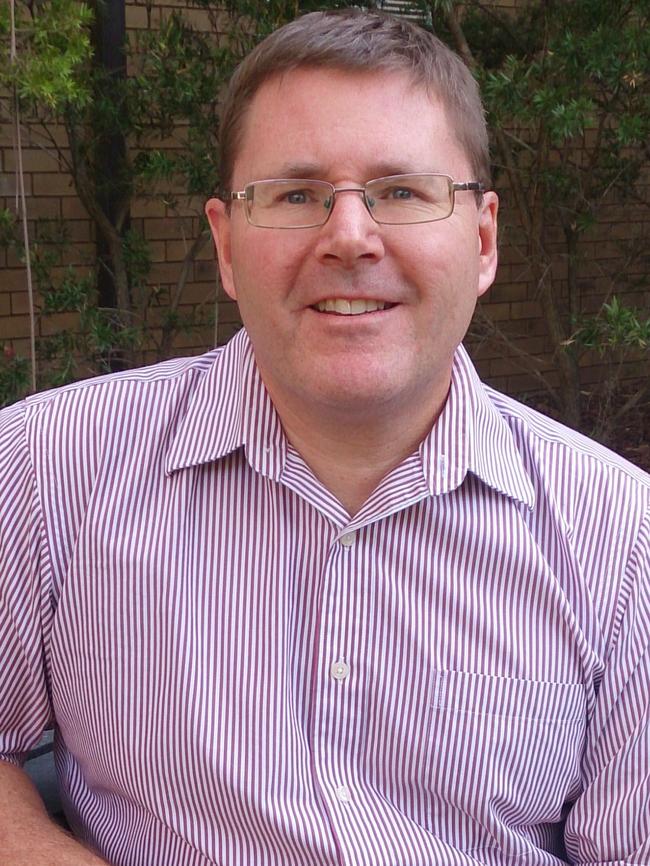
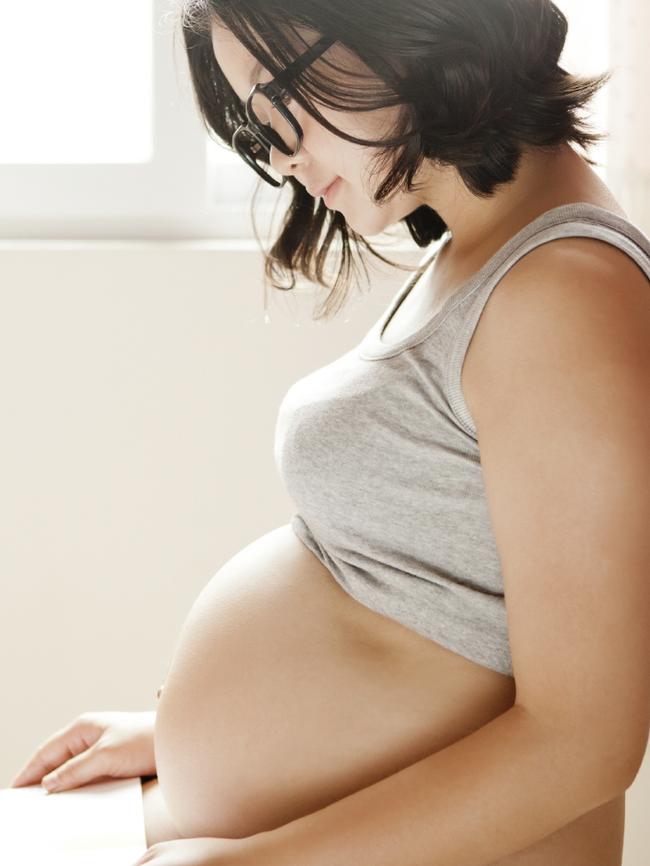
Mums in the Western Sydney Local Health District, which takes in Parramatta, Blacktown and Auburn produced one in six of all babies born last year, closely followed the South Western Sydney district. One in 10 babies were born to North Shore district mums.
New mum Madeleine Love gave birth to Alaska last Thursday. At age 25, the professional baker is bucking the trend of older parenthood having had her first child at the age of 20.
The Gladesville mum and her partner Korey, a cafe owner, said little Alaska’s birth went well and they won’t rule out more kids.
“At the moment I am saying there won’t be another one, but it took me five years to have the second so who knows?” Ms Love said.

